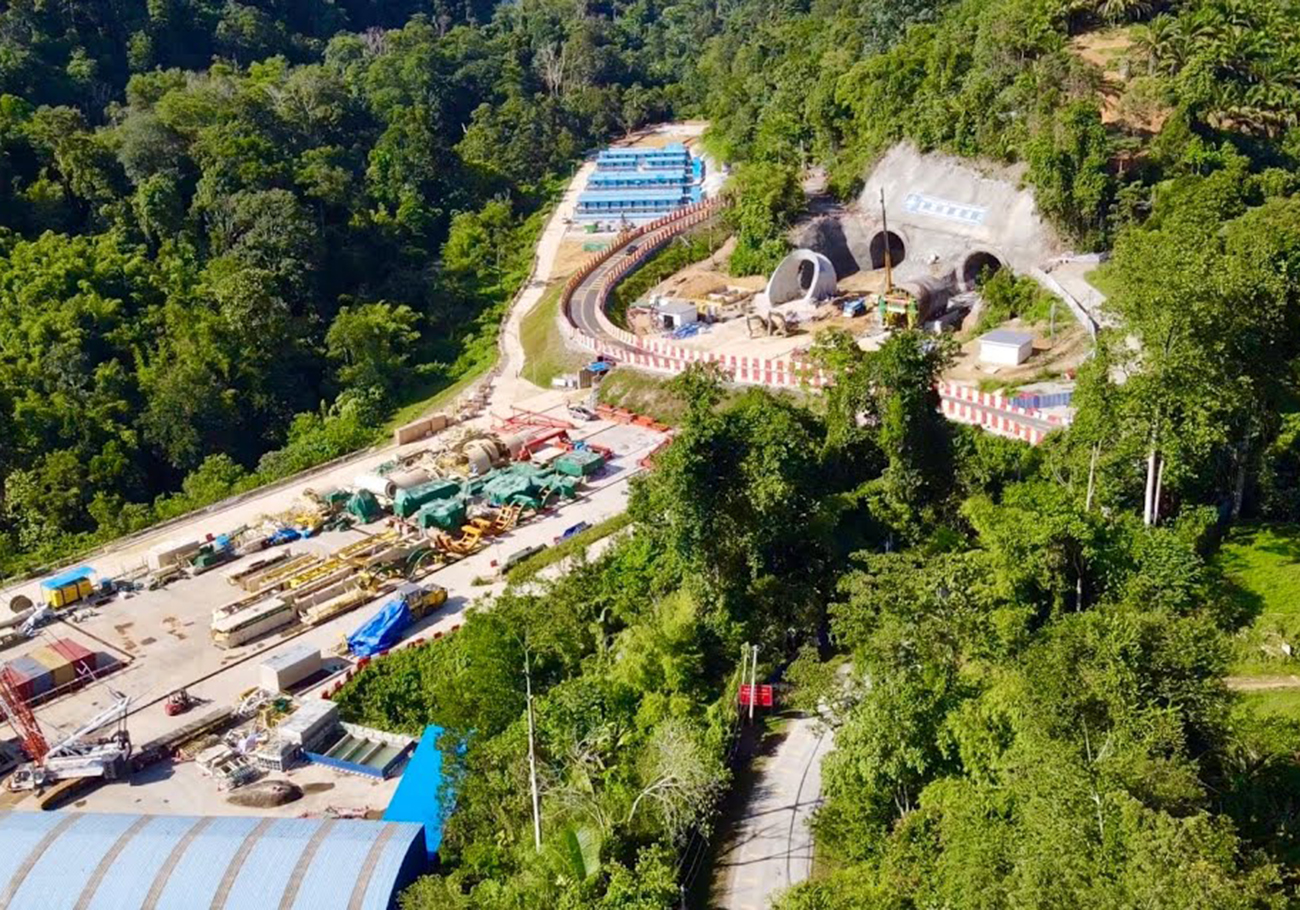
As the East Coast Rail Link (ECRL) gears up for commercial operations in January 2027, Malaysia Rail Link Sdn Bhd (MRL) clarifies that the passenger train will operate at a maximum speed of 160km/h.
MRL, the project owner, highlights that the rail infrastructure has been meticulously designed for a fast train, not a high-speed one, with considerations for terrain challenges.
This statement comes in response to inaccurate reports suggesting a higher speed possibility. MRL aims to set the record straight regarding the ECRL’s engineering specifications and its primary focus on freight transportation.
Misleading report on ECRL
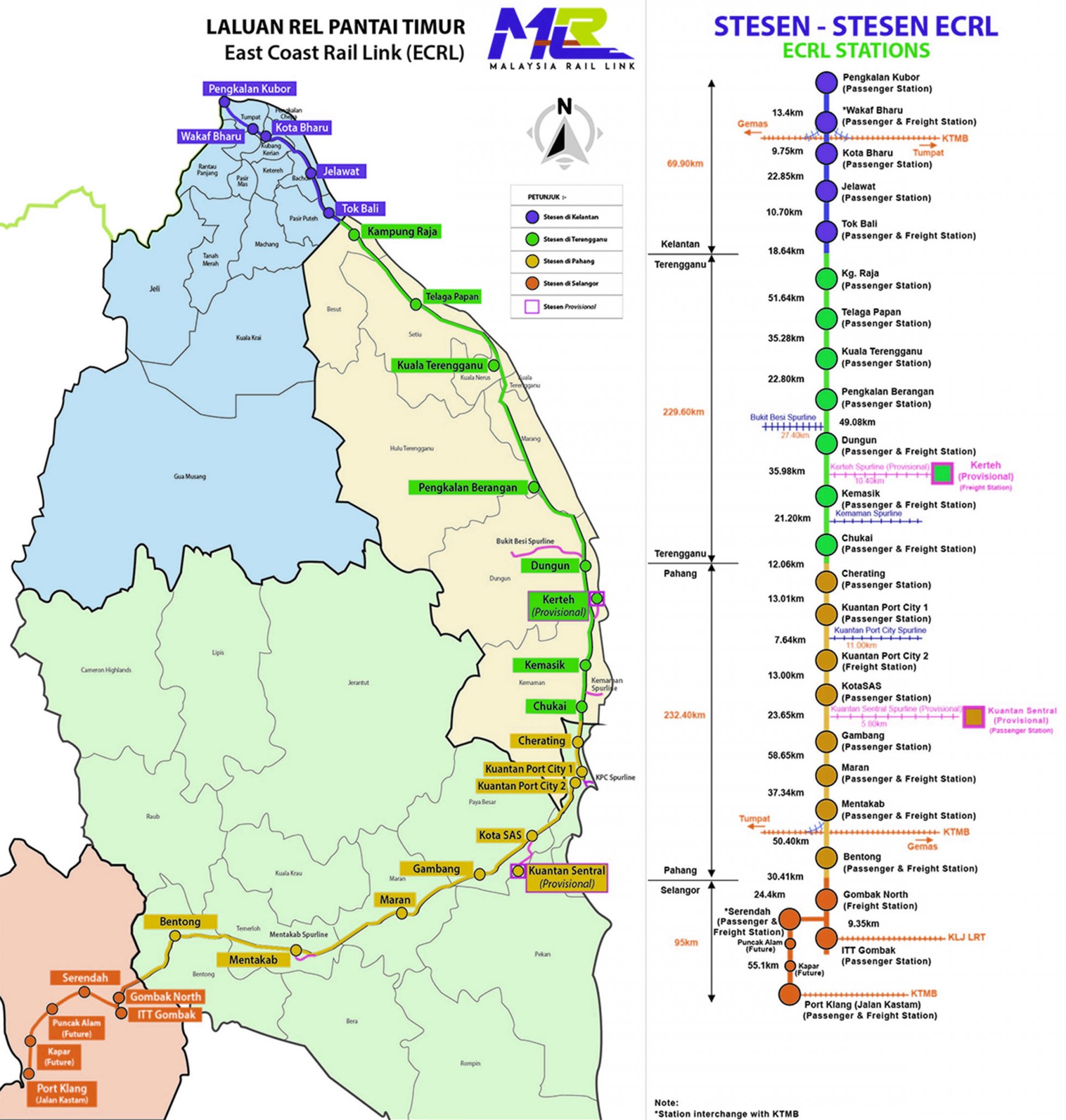
The ECRL project, initiated in August 2017, with passenger trains, maintaining a speed of less than 200km/h. The rail infrastructure, covering foundation works, track, signalling system, and rolling stock, aligns with this design philosophy.
Unlike high-speed trains with a standard speed of 250km/h, the ECRL’s horizontal curves and gradients accommodate challenging terrains, including poor soil conditions, hills, and wide river crossings in the East Coast states.
The recent clarification addresses misleading reports citing Chinese expert Victor Gao’s suggestion of increasing the ECRL’s speed to 351km/h during the Belt and Road Initiative in an ASEAN forum.
Gao, the chair professor at Soochow University and vice president of the Centre for China and Globalisation, had said the ECRL could be completed ahead of time and increase its speed to 351km/h to outdo Indonesia’s high-speed railway project.
MRL emphasizes the inaccuracy of such claims, reinforcing the ECRL’s identity as a fast passenger train. The statement underlines that the ECRL cannot be upgraded to a high-speed train under existing specifications and operating systems.
Designed for cargo transportation

MRL further underscores that the ECRL is fundamentally designed for cargo transportation, with a projected revenue ratio of 70% from freight and 30% from passengers during operation.
The addition of passenger services is constrained by the design requirements for freight trains. Despite this, the ECRL passenger train will significantly reduce travel time between Kota Bharu and ITT Gombak, completing the journey in four hours compared to seven hours by road, particularly during festive seasons.
The clarification aims to dispel any misconceptions about the ECRL’s capabilities and goals. It reiterates that the ECRL remains a vital infrastructure project, offering efficient transportation solutions and contributing to the region’s connectivity.
The emphasis on cargo transportation showcases the project’s multifaceted significance, aligning with Malaysia’s broader economic and logistical needs
With the ECRL poised to become operational in January 2027, it stands as a testament to Malaysia’s dedication to advancing its rail infrastructure and fostering regional connectivity. The clarification serves as a crucial step in ensuring accurate information dissemination and fostering confidence in the ECRL’s role in Malaysia’s transportation landscape.





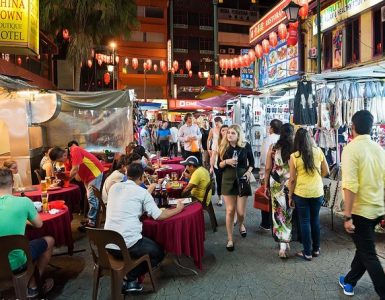


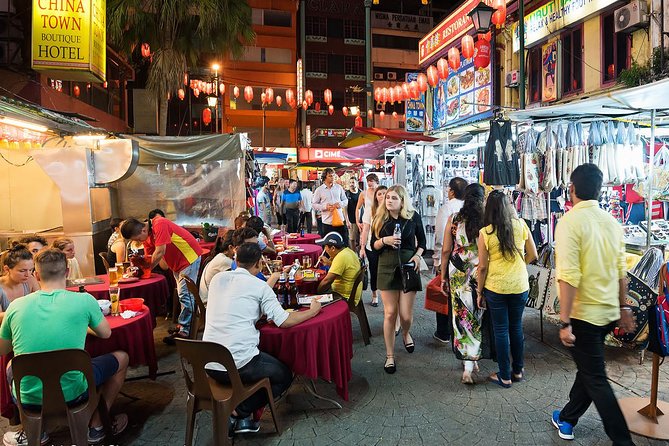

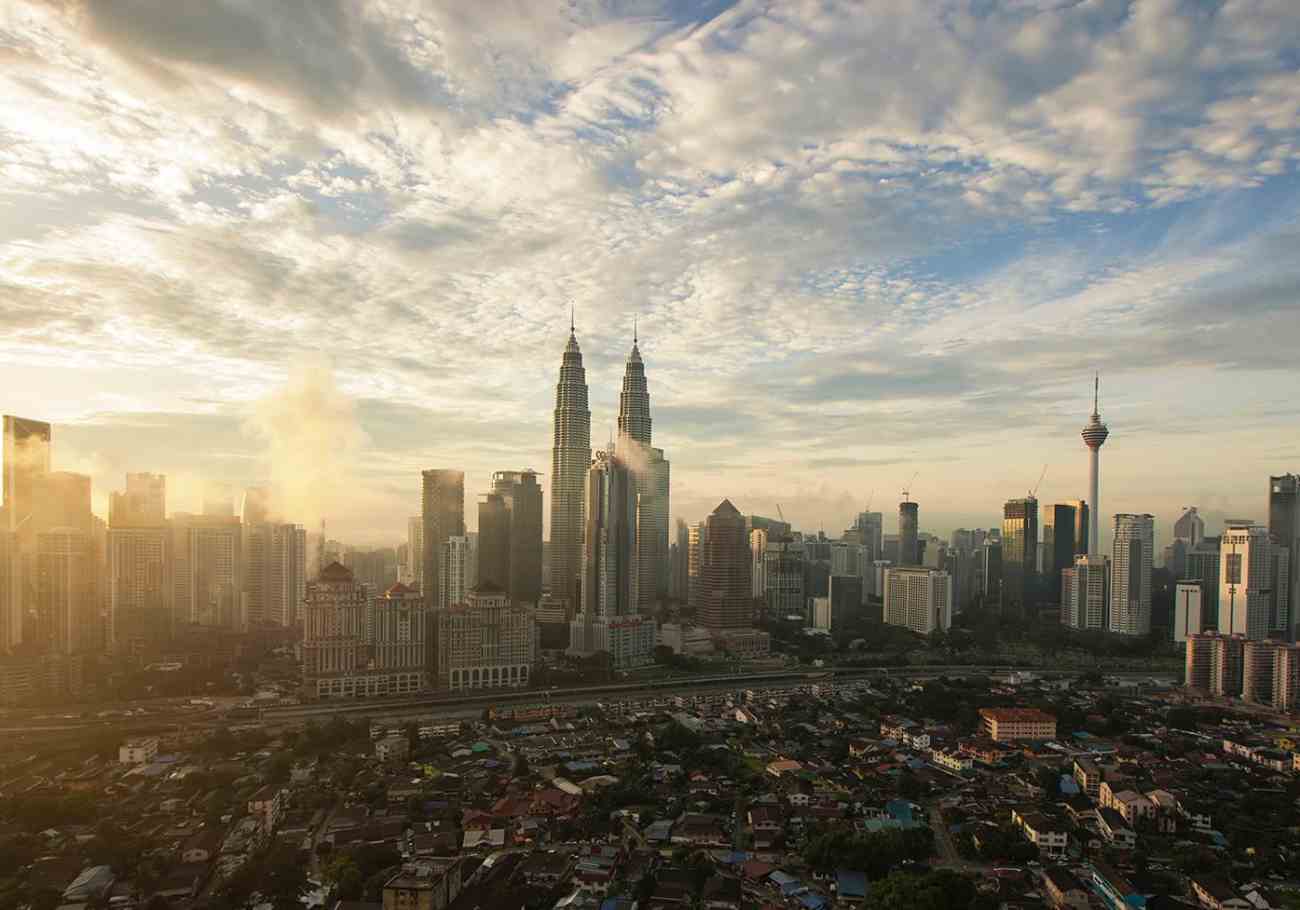

Add comment